
The Mad Agriculture Journal
Know Thy Fisherman
Published on
November 11, 2025
Written by
Michaela Elias
Photography by
Jane Cavagnero
From Boat to Buyer: Reimagining Seafood Supply Chains in Sitka, Alaska
On a gray-washed Wednesday afternoon in mid-June, the few blocks of downtown Sitka are thronged with cruise ship passengers, their faces marked by the vague disorientation of people who have been deposited somewhere new without much context or direction. To be fair, downtown Sitka’s curious mix of stores hawking apparel emblazoned with whales and bears, seafood-forward food trucks, hot dog and popcorn stands, and a theatre advertising a wildlife film experience presents a frontier town trying tourism on for size. The scene feels even stranger, considering we just disembarked from a fishing boat cruising miles off the coast, trolling for king salmon.
Sitka is first and foremost a fishing town. While many types of fish pass through these parts, Southeast Alaska is renowned for its salmon, particularly king salmon (also known as Chinook). To this day, the fishing industry is still the largest private sector employer. But as the industry has become increasingly untenable, large-scale tourism has emerged as Sitka’s new economic lifeline. And yet, despite the influx of tourists to this hard-to-reach corner of Alaska, Sitka’s fishing industry remains an island unto itself, shrouded in mystery and misconception, a testament to how far the people who catch our seafood often are from those who eat it. And that gulf only widens as global markets and environmental forces bear down, turning what was once a way to make an honest living out here into an increasingly uncertain prospect.
So while cruise ships ferried passengers onto dry land, we set our sights on Sitka’s wild coastline to get a closer look at the fishing industry, the challenges it faces, and how one company is working to bridge the gap between fisherman and eater to keep this way of life afloat.
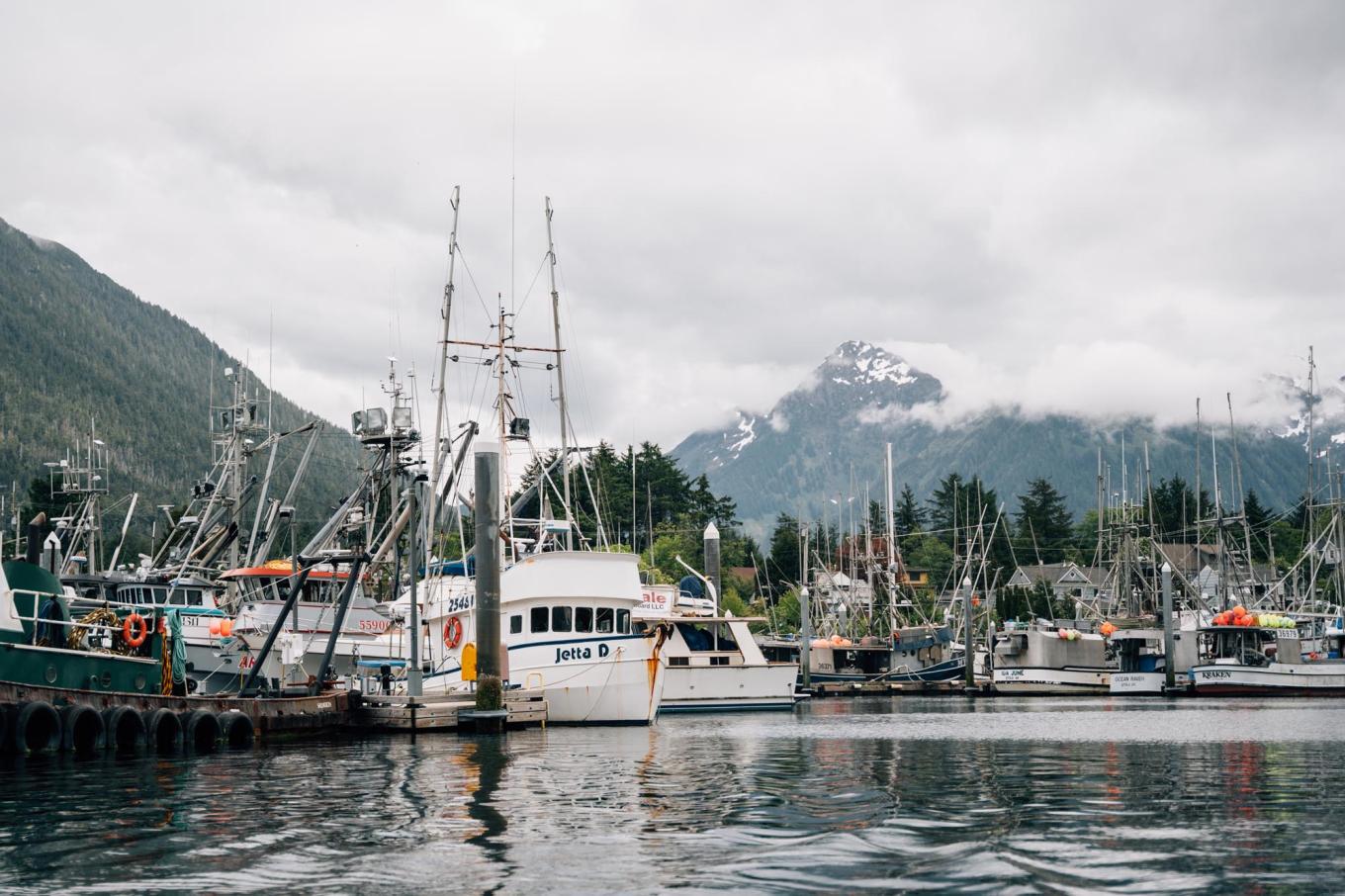
A Fishery Fit for Kings
After a late-night arrival in Sitka, Jane Canvagnero, who came along to photograph this story, and I made our way to Crescent Harbor to meet Marsh Skeele, who pulled up to the dock in an aluminum skiff, the Southeast version of a trusty pickup. Marsh is a second-generation fisherman who knows firsthand the challenges facing Southeast Alaska fishermen. He is also a co-founder of Sitka Seafood Market, a company that aims to make small-scale, quality-driven fishing sustainable by cultivating consumers who value transparency, recognize quality, and care about the environmental impact and the viability of fisheries like Sitka’s.
Sitka, located in Southeast Alaska, is made up of portions of Baranof Island and Chichagof Island on the outer edge of Alaska’s Inside Passage. The city is only accessible by plane or boat, and once you touch down, there are only 14 miles of road to explore. But despite a population of 8,000, Sitka is actually the largest US city by size, at a whopping 2,870 square miles of consolidated land area or 4,811 if you include water. On land, there’s the Tongass National Forest, the largest temperate rainforest in the world. And by way of the sea, well then, the seemingly compressed city bursts forth onto an expanse of islands and boats sprinkled along the open Pacific.
The water that spread out before us as we left the harbor was remarkably placid. In the foreground, rocky islands rose, dense with Sitka spruce and red alder, with the occasional house glimpsed through the trees. In the distance, snowcapped peaks melded with pale gray clouds. Bald eagles, maybe the pigeon of Alaska, dove from the sky or perched on steel frames on breakfast surveillance. We saw a whale blow and an otter dive. For Marsh, it was just another day at the office.
While he still spends his days cruising these waters and fishing recreationally, Marsh is focused on the business side of Sitka Seafood Market and no longer fishes commercially full-time. So for the morning he dropped us off with Ben Campen. Ben has a troller called the Mindalina, which looks bird-like in the way its long poles wing out on either side, trailing fishing lines. Most salmon fishermen in Southeast Alaska practice trolling, which is when a boat tows fishing lines, usually each with multiple baited hooks or lures, through the water at slow speeds. Trolling minimizes the impact on the broader marine environment, results in very little bycatch, and fish are handled individually, typically ensuring better quality.

This is in contrast to trawling (for an already opaque industry, these terms are all too similar), a method of fishing that involves pulling a large net through the water, which not only leads to overfishing but also results in harmful bycatch and habitat impacts, such as the disturbance of the sea floor. The Alaska constitution establishes the “sustained yield principle,” which mandates that all replenishable natural resources be managed for long-term health. But the people of Southeast Alaska went a step further, and in 1998, they banned trawling. As a result, the waters around Sitka are still populated by small boats, typically measuring around 40 or 50 feet in length. These are mom-and-pop-style operations, many of which have been passed down through generations.
Ben grew up in Sitka, and though he wasn’t born into a commercial fishing family, it didn’t take long for him to catch the bug. He started fishing in high school, drawn to the seasonality of the job and the idea of seeing tangible results. Ben has a relaxed demeanor that I imagine is necessary for or has been honed by weeks at sea, with perhaps only one deckhand to voice any thoughts to. This year, he has Weston, who is on a commercial fishing boat for the first time, but wants to see if it’s a career he’s interested in pursuing.
The fishing season started about three weeks ago, and it’s still early. Ben says this time of year, he’ll reel in a few dozen fish a day compared to a couple hundred during the peak summer season. Not a great time for fishing, but good for chatting. Right now, he’s looking for kings, which Ben says we can identify by spotting on their tails and their black gums. Perhaps the most coveted of the five species of pacific salmon, they also have a regal blue-purple-gold iridescence. This is Alaska’s biggest king salmon fishery, and one of the largest remaining in the world. But the future of this fishery, and the fishermen who depend on it, is growing increasingly uncertain.
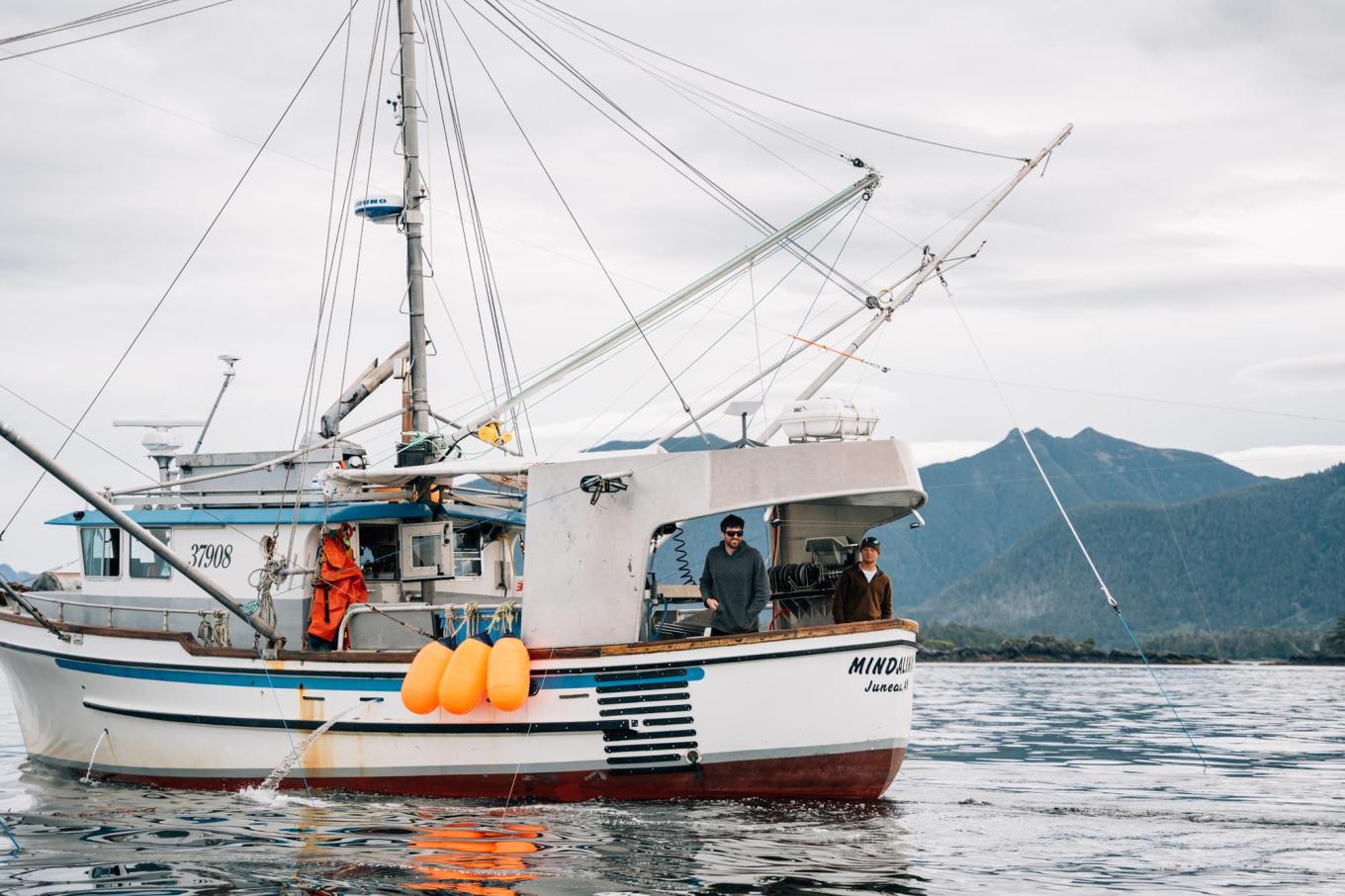
A Troubling Prospect
Every year before the season starts, the Alaska Department of Fish and Wildlife announces the number of Chinook salmon that will be available for all Southeast Alaska fisheries. This year that number was 130,800, down almost 40 percent from last year’s allocation. There are a number of factors that go into producing that number, some of which have to do with projections of the number of Chinook returning to these waters, and some of which are more political around treaty negotiations with Canada and other US states like Washington and Oregon. As a side note, fishery management is inherently complex because fish don’t exist in isolation. Water itself is a fluid, connected ecosystem, and salmon, which migrate from river to sea and back again, pass through many different water bodies and fisheries along the way, each with its own conditions and management practices. Since 2007, Chinook runs in Alaska have remained well below the long-term average, driven by a combination of factors from warmer ocean temperatures and reduced river flows to habitat degradation, and excessive bycatch by trawlers. In 2024 the Gulf of Alaska pollock trawl fishery was closed abruptly after two trawlers reported a bycatch of 2,000 Chinook salmon in a single day. To make matters worse, salmon prices have been mostly flat for the last few decades (when adjusted for inflation), while costs for fishermen have increased significantly.
And while trolling results in a better quality product with lower environmental impact, fishermen have little control over the global seafood supply chain, which mostly treats fish as a homogeneous commodity. Seafood often passes through multiple intermediaries before it reaches the buyer making traceability near impossible. Fish are highly perishable, which puts pressure on fishermen to sell quickly at whatever price buyers offer. There’s also no widely adopted grading system for seafood in the US comparable to USDA grades for beef. Which all means it is very difficult to fetch a higher price for better quality.
And unlike larger scale fishermen who can just move onto the next fishery, these are place-based fishermen, many of whom have invested all their money into their operations. With the cards stacked high, a number of fishermen around here are getting out of the business.
For Ben, the solution to these challenges was a new boat. He recently purchased the Mindalina so that he would have the capacity to process and freeze his fish immediately, enabling him to be out on the water for weeks at a time. If you don’t have those capabilities, which Ben estimates is the case for 90 percent of the fleet in Sitka, you have to work with tenders or mobile collection points, which offload your fish and record the weights for payment, or else only stay on the water for very short periods. This setup has not only made Ben much more independent, but it has also given him better margins. Better margins, of course, are the name of the game.

As we chat, Ben watches the lines out of the corner of his practiced eye, waiting for the subtle tug that signifies he’s caught something. We get one tug, but the fish is below regulation at under 28 inches, so back in the water it goes. Then more movement, and this time it’s a keeper. Ben reels the line in and uses a net to scoop up the thrashing salmon. Once on the deck, he stuns the fish on top of its head just behind the eyes to induce immediate unconsciousness, which reduces suffering and maintains the quality of the meat. He cuts behind the gills and inserts a tip into the artery to flush the blood out, which ensures a cleaner product. He then moves the fish over to a processing counter, slices open the belly, removes the guts, and then vacuums the fish for any little tidbits such as sealice. Then he douses the fish in water, a process known as glazing, which locks in moisture and minimizes exposure to air, before lifting a metal covering and disappearing into the belly of the boat, where he deposits the fish into the 10,000-pound-capacity freezer. Blast-freezing the fish immediately is another crucial step to preserve flavor and freshness, all part of a process designed to ensure each fish arrives to customers in its most pristine state.
Ben currently sells through the Seafood Producers Cooperative in Sitka, as well as a family friend’s business. This new setup could also enable Ben to sell direct-to-consumer, which would further improve his margins. But that would require him to invest heavily in marketing efforts and add on a whole other logistics component to his business. It’s something he is interested in, but he hasn’t made it happen yet. Because the reality is, it’s really hard to connect with customers as a fisherman.
To be on this boat today, we got lucky. We had a relatively short flight from Seattle, the only city outside of Alaska that is serviced by Sitka’s single-gate airport. Then we knew someone who could deliver us to Ben’s boat, which is offshore for weeks at a time. In a globalized world with incredibly complex supply chains, it’s difficult for any producer to connect to customers. While farmers have markets to meet shoppers and talk about their practices, fishermen who spend most of the season out at sea rarely have that opportunity. Add to that the fact that most people know very little about fishing practices. Even Alaskans may confuse trolling and trawling. And for many, cooking fish remains an intimidating prospect. So, even if a fisherman is able to reach a customer, there is an information divide that they must cross. How do you bridge that gap so buyers understand the product and the environmental ethic, and are willing to pay a premium? How do you make small sustainable boats like Ben’s more competitive in a global marketplace? I was hoping Marsh might have some of those answers.
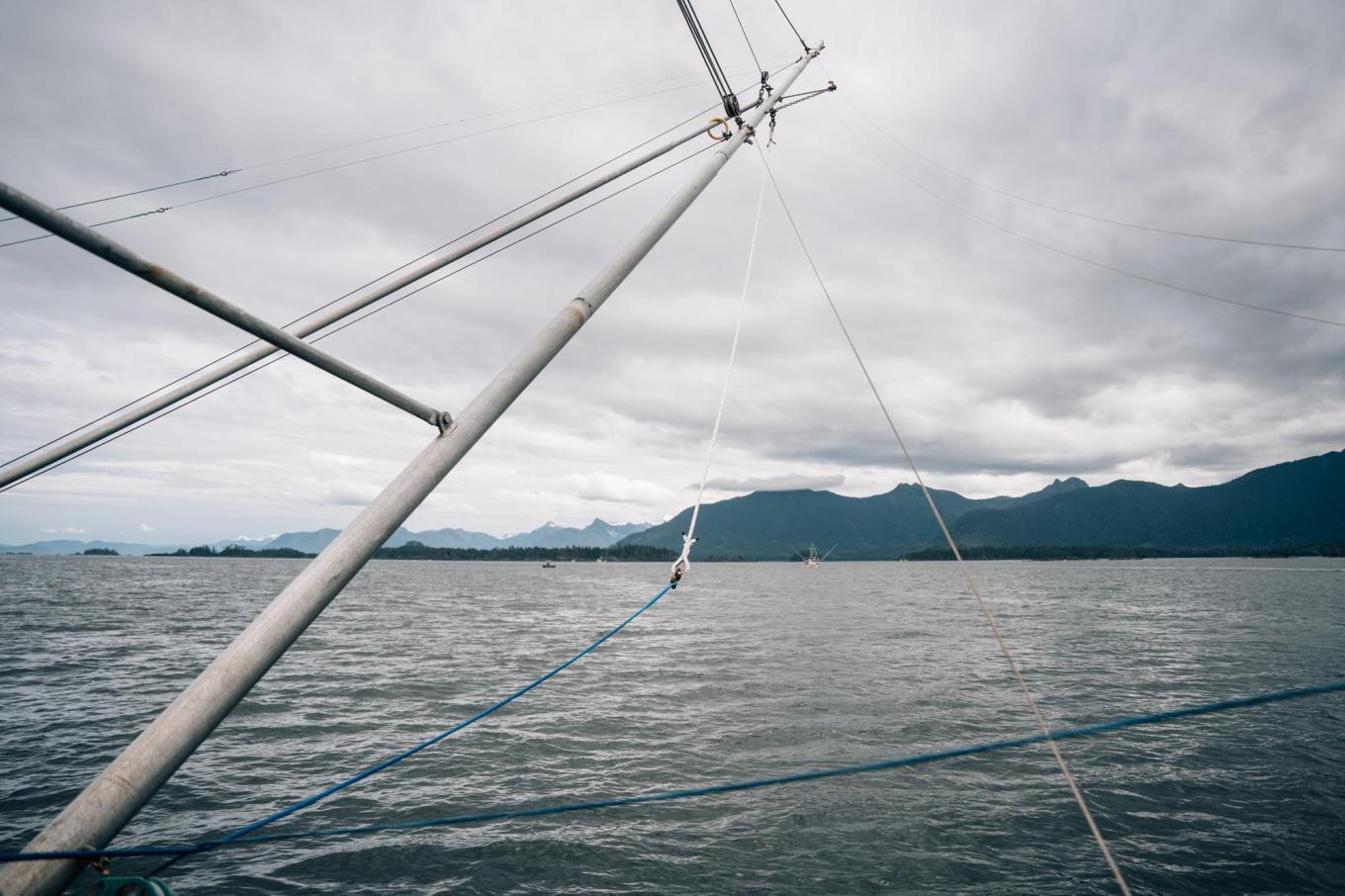
Charting New Markets
At around 5 pm, we hopped back onto Marsh’s boat to head to his house for dinner. By then, the formerly placid clouds had unleashed a relentless downpour. Marsh’s wife Maury, joined us, trailed by a sauntering black retriever clearly confident on all four of her sealegs. Marsh and Maury live in the house where she grew up, on one of the islands off the coast. After we arrive and strip off layer after layer of rain gear and sweaters, we mosied into the kitchen, where Marsh presented us with a bowl of freshly barrel-smoked salmon. He has numerous smokers, but he prefers the ones you have to toil over. Toil or not, the fish was velvety, with the perfect balance of smoky and sweet. For someone who lives on an island off an island, Marsh is no stranger to hosting. In fact, he says the desire to host is what led him to learn how to cook—and what sparked his love of good food.
Marsh grew up in Western Washington, but every summer his family would relocate to a rustic cabin in Port Alexander, Alaska, a town of about 80 on the Southeastern corner of Baranof Island and he would spend his days fishing with his dad. He didn’t intend to get into the family business, but in 2011 he had the opportunity to purchase his own boat. He was in his mid-20s and itching for an adventure. A successful first season seemed to indicate his gamble would pay off. But his second season was plagued by expensive breakdowns. As his savings dwindled, he started resorting to fishing in fall storms to make ends meet.
As he risked his life just to stay afloat, he found himself dwelling on the fact that the quality standards he was working tirelessly and now even recklessly to uphold were out of his control as soon as the product left his boat. This minimal-impact, maximum-quality approach to fishing was all he knew. But he also became acutely aware that there was little incentive for fishermen to put in the extra effort when their catch entered a system with few opportunities for differentiation or traceability.
It was at that time that a friend of his started buying fish from Marsh to ship to the landlocked Midwest for friends and colleagues. Word got around, and it began to grow into a buying club. And then it clicked. By selling directly to consumers, Marsh could regain control of the supply chain. He could ensure quality, let customers know what they were buying, and charge a price that reflected that.
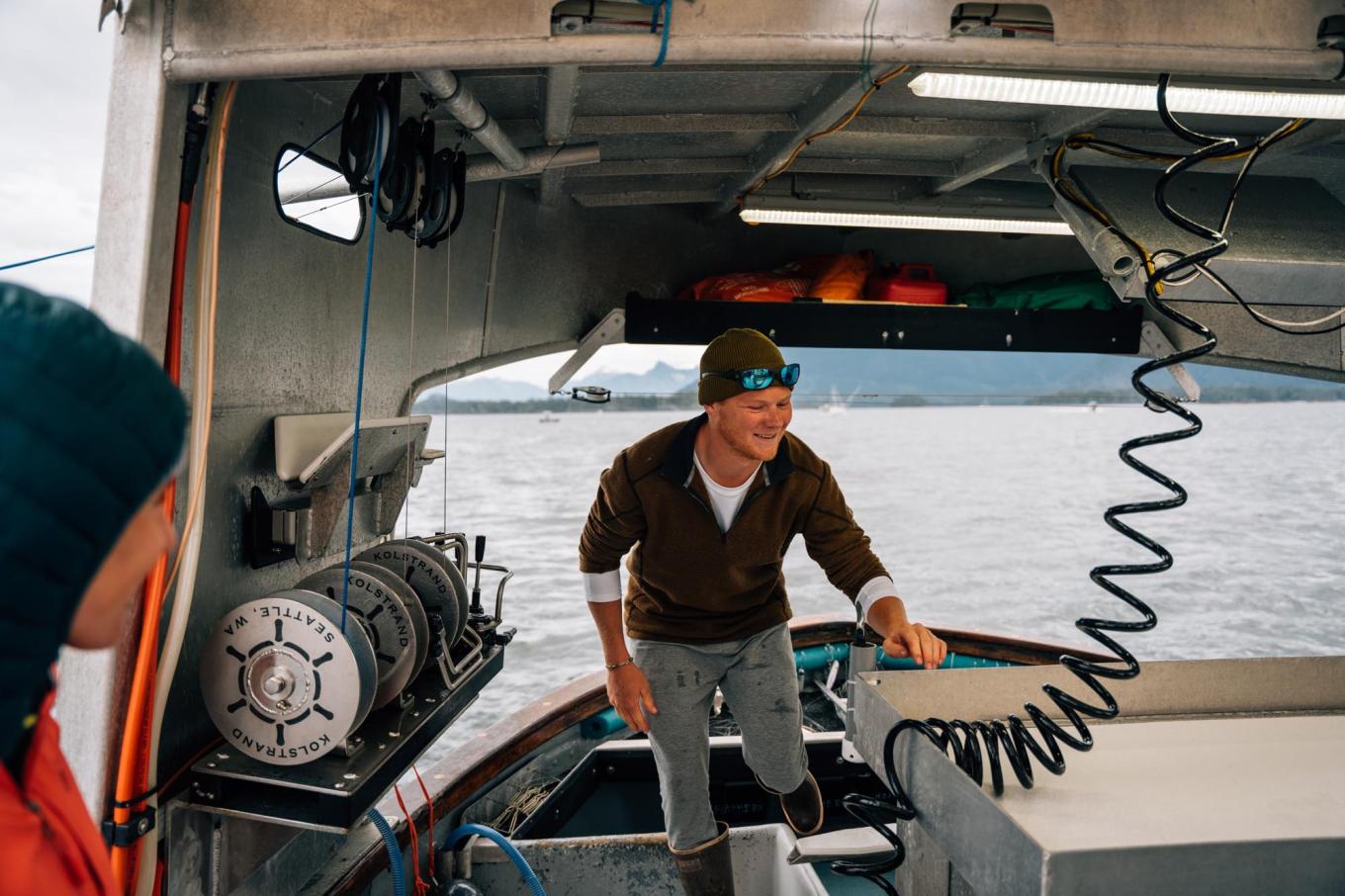
In 2012, he and his friend launched Sitka Seafood Market (then called Sitka Salmon Shares) to enable eaters anywhere in America, but specifically in the Midwest, to subscribe to get frozen Alaskan seafood delivered to their doorstep in a CSA (Community Supported Agriculture) style model. The fishermen would be shareholders and receive better compensation for their products. In turn, Sitka Seafood Market would hold the fishermen to the highest quality and environmental standards. They would also hire photographers and videographers to accompany fishermen on their boats and help tell their story. They would arm customers with recipes. They would bring the fisherman and the product to life for people who otherwise could not envision a hook-and-line operation off the coast of Sitka. And most importantly, once these customers really experienced the quality difference, they would be hooked.
As business grew, they struggled to find processors willing to work with them due to their custom requirements. So they raised money from family and friends and bought their own facility. But processing came with its own headaches. Equipment constantly broke down. Marsh had to work the night shift for an entire summer to monitor some faulty freezers. The facility was also off the water, so they had to truck the fish on ice from the dock. They had to have the capacity to take all of the fishermen’s catch, not just the high-grade fish, since other processors were now less inclined to cooperate, having become their competitors. But they kept at it and steadily ramped up their sales.
And then COVID hit. Initially, the impact a pandemic would have on their business was unclear. But the home chef, now stuck at home, grew more curious, experimental, and conscious of where their food came from. Sitka Seafood Market’s sales exploded.
Encouraged by the growth in sales, the company invested in ramping up its supply chain. But after a year and a half of record demand, sales declined in 2022. They were still well above pre-COVID numbers, but as the country emerged from its hibernation, people hung up the cast-irons and stashed away the sous vides. The rapid growth left them with excess capacity in a model that was already hard to sustain at their scale. So they made the difficult decision to shutter the plant and reassess.
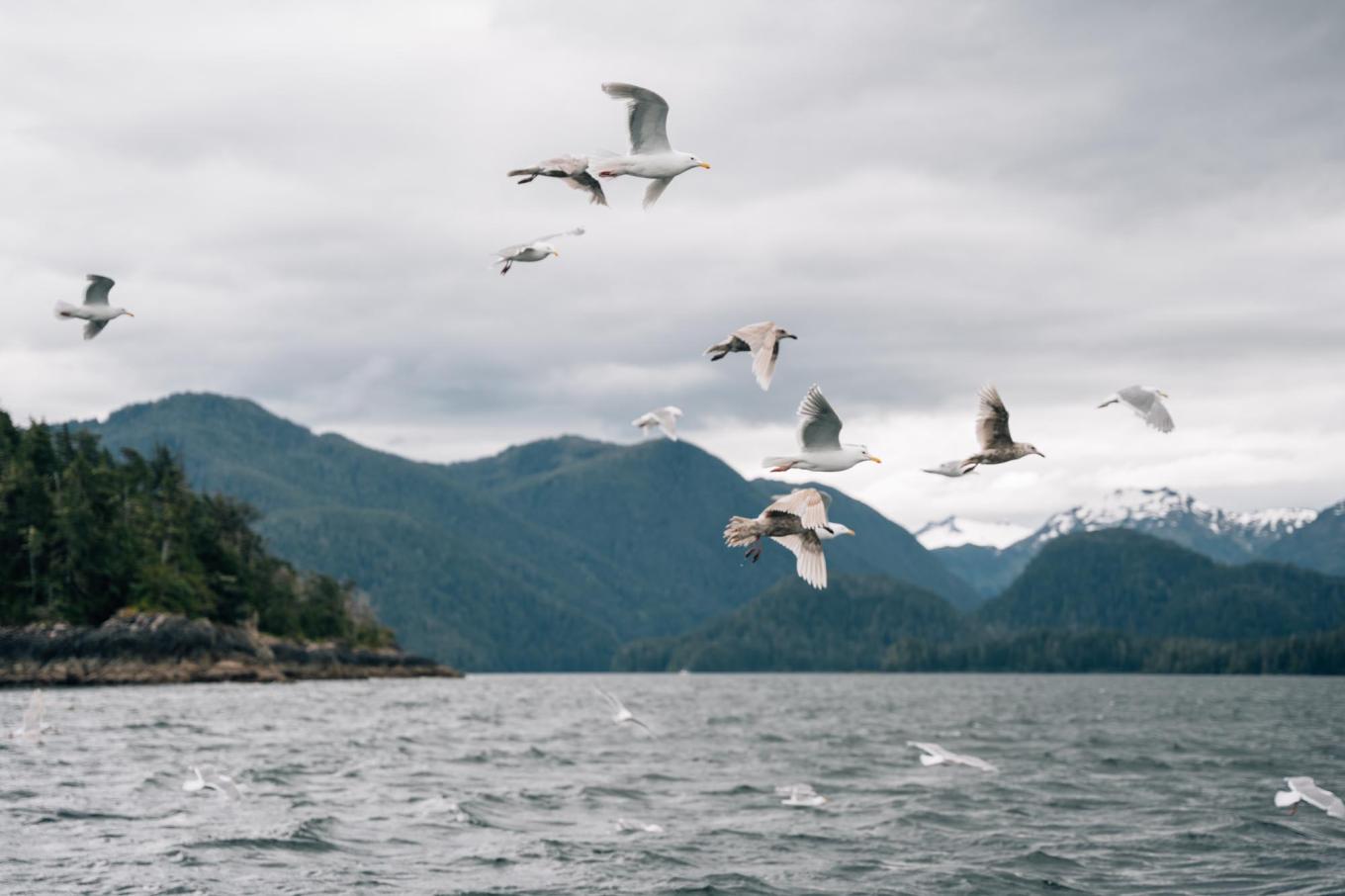
A Rising Tide Lifts All Boats
Marsh is a fisherman and therefore tough, a little hardheaded, and infinitely resourceful. Rather than crumbling under the setback, Sitka Seafood Market pivoted to a new model. Instead of competing with the Seafood Producers Cooperative, Sitka’s longstanding hook and line fisherman-owned co-op, which is well integrated into the local fishing community, they now buy the co-op’s top-tier fish for their subscription boxes. In return, Sitka Seafood Market brings a customer base that the co-op likely couldn’t have reached on its own–Midwesterners who understand the product, care about its origin, and are willing to pay more for quality and transparency.
Because Sitka Seafood Market is such a significant buyer, the co-op now fillets and portions fish specifically for them and has adopted new traceability tools, allowing customers to see which boat their fish came from. Sitka Seafood Market still utilizes its own quality grading system, but it continues to collaborate with the co-op to strengthen these standards further.
Marsh’s goal is not to revert to the original model of owning the entire supply chain. Instead, he’s focused on building a specialty market large enough to motivate processors to invest in the labor, equipment, and traceability needed to deliver a premium product. The aim is to become a trusted partner and create a stable marketplace, one with reliable customers and prices that incentivize fishermen to continue delivering a quality product.
And if these fishermen can continue fishing, it helps ensure that the people who care are the ones who are stewarding our oceans. According to Ben, fishermen around here chose this career because they love being out in these wild places interacting with these beautiful creatures. They want to pass this way of life onto the next generation.
No one here wants to catch the last fish.
Whether it’s the Mindalina or another small boat carving its way through the waters off Sitka or somewhere else along Alaska’s rugged coast, the vessel name stamped on each package from Sitka Seafood Market is proof that even across vast distances, the connection can be made, and that restoring our seafood systems may start with simply knowing who caught your fish.
This project was created in partnership with Sitka Seafood Market